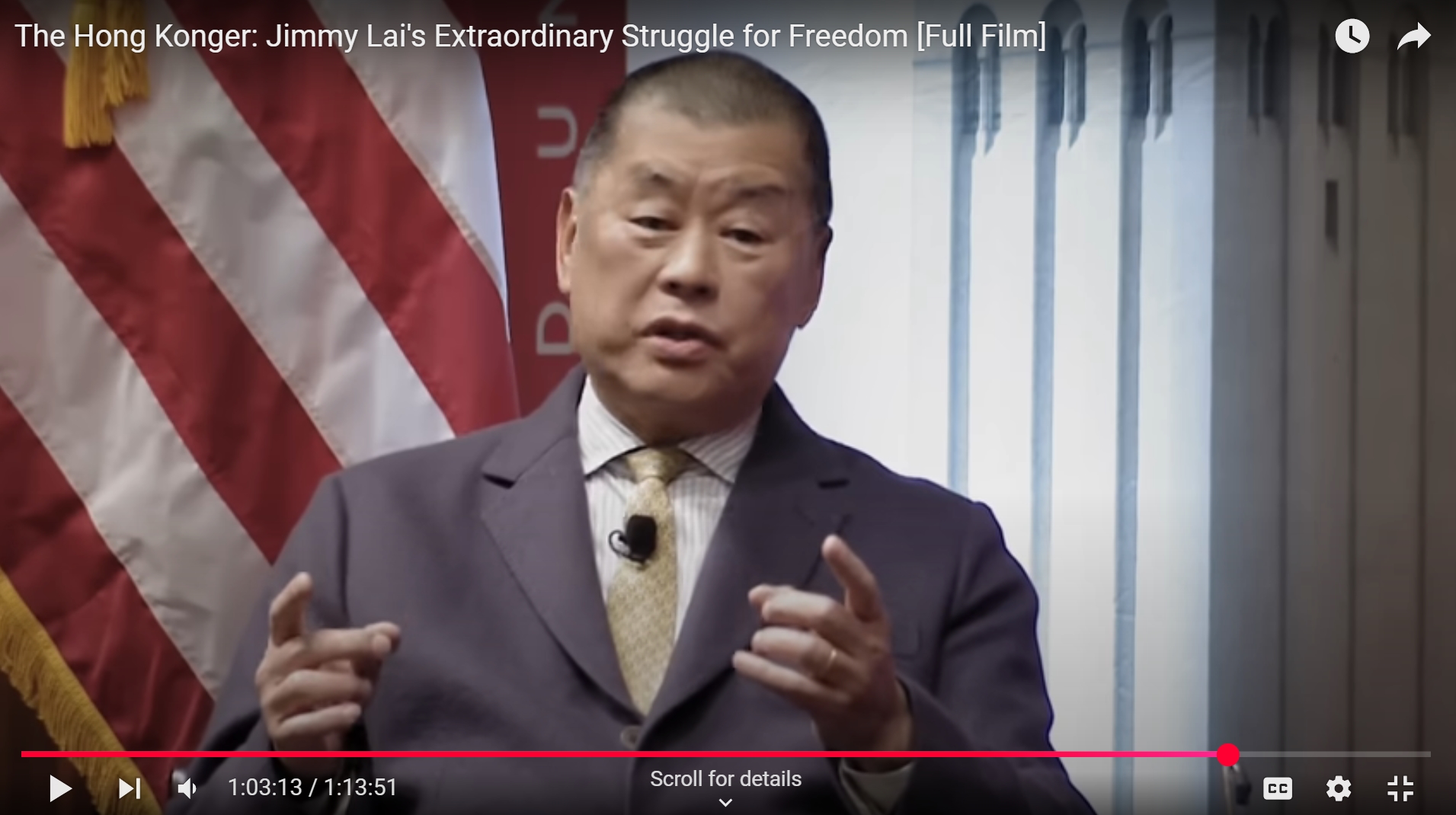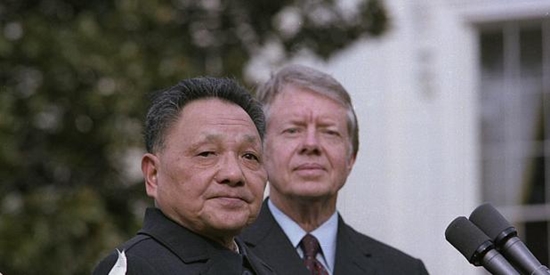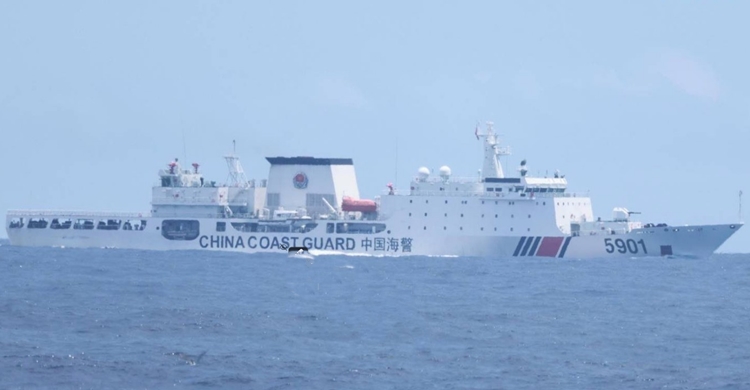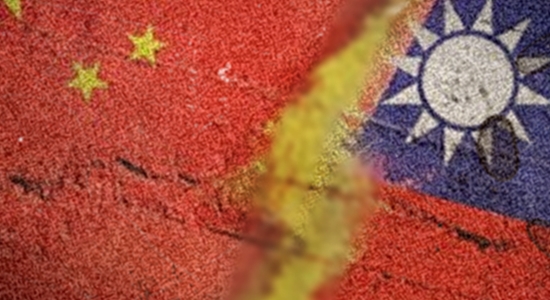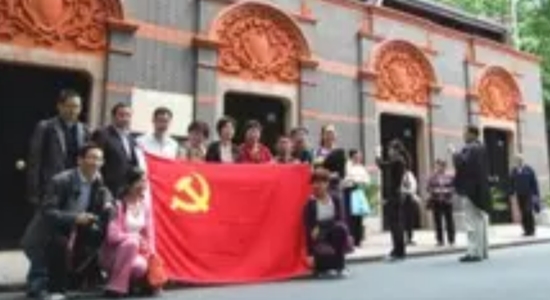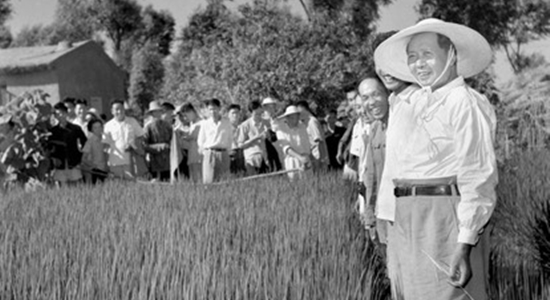
The words above refer to the famine itself and to the great scholar’s book about it, the findings of which he describes in the books section of his website.
At this site we can learn about the three volumes that make up Dikötter’s thoroughly documented account of the effects of Mao’s later career: The Tragedy of Liberation, Mao’s Great Famine, and The Cultural Revolution, a trilogy that can be regarded as part of a quintet if we include two works on China before Mao and after Mao: The Age of Openness: China Before Mao and China After Mao: The Rise of a Superpower.
Dikötter’s other works on China include The Discourse of Race in Modern China, Things Modern: Material Culture and Everyday Life in China, and Narcotic Culture: A History of Drugs in China.
For Mao’s Great Famine: The History of China’s Most Devastating Catastrophe, Dikötter offers a summary of key arguments. A summary of the summary:
● The famine lasted longer than “is often thought,” more than four years between 1958 and 1962.
● The famine was caused by the decisions of Mao and others “at the top,” with devastating effects for the lives of “ordinary people on the ground.” Lying, cheating, and stealing to evade the state’s confiscation of grain and other food stuffs and somehow survive were universal.
● Mao and his henchmen knew that they were starving people to death.
“At a secret meeting in the Jinjiang Hotel in Shanghai dated 25 March 1959, Mao specifically ordered the party to procure up to one third of all the grain [produced by the people who needed it], much more than had ever been the case. At the meeting he announced that ‘When there is not enough to eat people starve to death. It is better to let half of the people die so that the other half can eat their fill.’…
“Not only Mao, but also other senior leaders were willing to condone the deaths of millions of people in the Great Leap Forward. In 1962, having lost about ten million people in Sichuan, provincial leader Li Jingquan compared the Great Leap Forward to the Long March in which only one in ten had made it to the end: ‘We are not weak, we are stronger, we have kept the backbone’.”
● As the famine continued, “China sharply increased the amount of free economic aid and interest-free or low-interest loans to other countries” and “shipped grain for free to allied countries.”
● Many homes were destroyed for the sake of allegedly improving crop yields and achieving other goals of central planning.
“Up to 30 or 40 per cent of all housing was turned into rubble, as homes were pulled down to make fertiliser, to build canteens, to relocate villagers, to straighten roads, to make place for a better future beckoning ahead or simply to punish their occupants.”
● Many so-called natural catastrophes, as they were described by China’s leaders, were caused by state-impelled “deforestation, soil erosion, water loss,” and grandiose and destructive irrigation schemes.
● Dikotter estimates that during this period, at least 45 million people died as a result of the famine and more direct murder by state officials, a larger number than “the usual estimate of 30 to 32 million based on official population statistics.”
